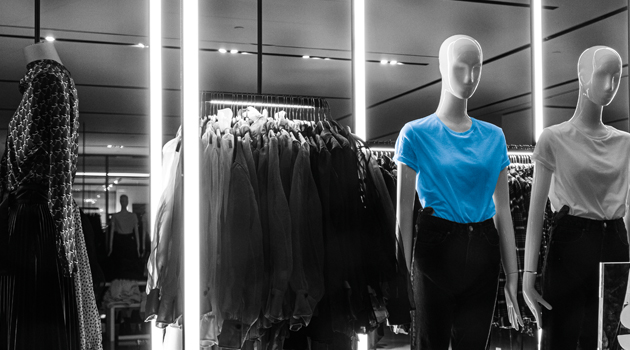Product recommendations are an indispensable part of most shops. Nowadays, most shop systems also offer – at least rudimentary – recommendations and widgets for their development. But the more possibilities are available for displaying product recommendations on the website, the bigger the confusion on the User side.
In a series of three articles, we will give you an insight into the benefits and the correct use of recommendations – drawn from the experiences with our customers in our daily business at trbo. Starting with the effective use of recommendations for first time visitors, I will then go on to the returning and regular users, before ending the series of articles with the smart use of recommendations in the shopping cart and with completion of the purchase. After all, the behavior of users during their customer journey, determines when and what kind of a recommendation is valuable.
Recommendation Strategy – Part 1: The beginning of the customer journey
Product recommendations do not only help shop operators show relevant products to their users, they also help reduce the bounce rate, increase the time spent on the website and, of course, increase conversions. At the same time, however, many shop operators are still unsure which recommendations work best and are often afraid of implementing more complex recommendations. When dealing with recommendations, it is important to keep in mind that even with a simple topic, a strategy is needed in order to determine when and what kind of recommendation should be used in the customer journey. Why, you might ask? Well, displaying the wrong product in the wrong place can cause great disappointment and dissatisfied users. Doing it right will lead to a better user experience and satisfaction
User entry via homepage
Some users will enter the Shop through your homepage, even if they have never been to the shop before. For example, users coming from the regular Google search results. In this case, it is definitely worth recommending the shops best sellers or its most popular/most viewed products, as you don’t know these users well enough to be able to personalize the recommended products at a deeper level. Even the shops newest products can be offered – after all, these are often the products with which the shop generates a lot of revenue.
As you can see, to some extent personalization is already possible for unknown users, especially if they already have an interest in the website when entering.
User entry via SEA & Google Shopping Ads
There will also be users entering your online shop via Google Shopping Ads. According to Google’s policy on Shopping Ads, these ads always have to lead to a product detail page. But if the user does not like the product selected, he will most likely return back to Google and the shop is left behind. The result: a high bounce rate and no turnover. This is where product recommendations come in handy.
A bar with additional, interesting products is displayed directly above or below the product. These can include, for example, other variants of the product being viewed, products from the same category (with or without a similar price), etc. This way the user might look at an alternative product after all, which then might even end up in the shopping cart. For example, trbo’s customer Galeria Karstadt Kaufhof was thus able to increase the user value by 23 percent
User entry via other click in channels
Users do not only enter the websop via homepage and Shopping Ads. Specific recommendations can also be made for customers entering the shop via other channels. Users also occasionally come to the website via price comparison sites – chances are high that they are more interested in special offers than in high-priced products. In such cases, it is always advisable to prominently present these users the current offers available in the shop.
Location- and weather-based recommendations
One possibility is to make location-based recommendations. This is particularly useful for shops and websites that offer products that vary from region to region – for example, providers of adventure vouchers. Based on the location of the user, suitable activities can be recommended – but only those that are available in the user’s environment. For example, trbo’s customer mydays was able to increase the conversion rate by 6.9 percent using regional recommendations.
Of course, information based on geographical data is not only useful for recommending regional products. The user’s local weather can be used in the same way. Is it pouring outside and freezing cold? How about recommending a warm blanket, a stylish raincoat or some ideas for a cosy living room interior. Is it sunny and warm outside? Then the focus should be on parasols, garden and balcony furniture or the new summer collection.
The importance of testing the recommendations
One thing should be clear by now: There are many ways to address users with (personalized) recommendations based on their location in the Customer Journey. How well which recommendation works in your own shop should also always be checked with A/B- or multivariate tests – because something that works in one shop does not necessarily work in all shop. Users and their requirements differ.
If you would like to learn more about Recommendations, why not read our whitepaper? You can download it here.
In the next part of our blog series we will continue with recommendations for returning and existing customers.
